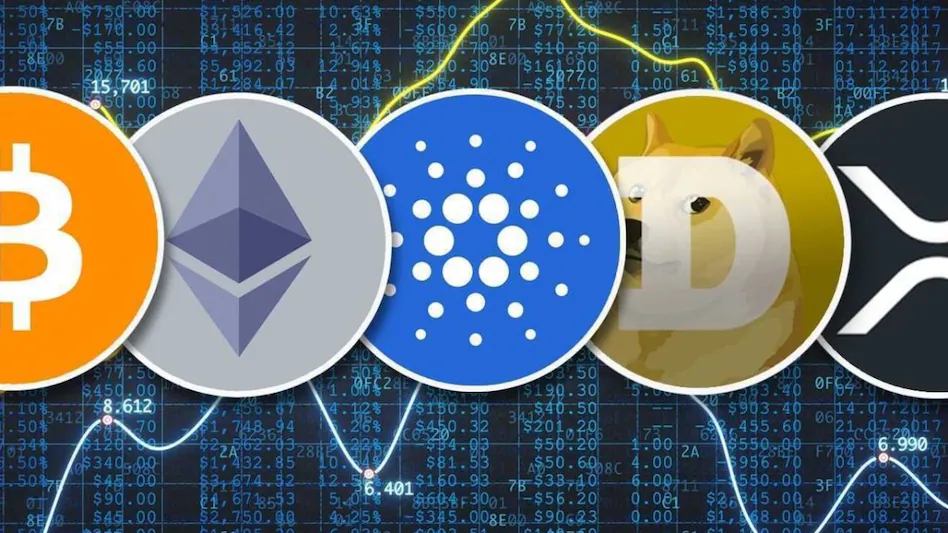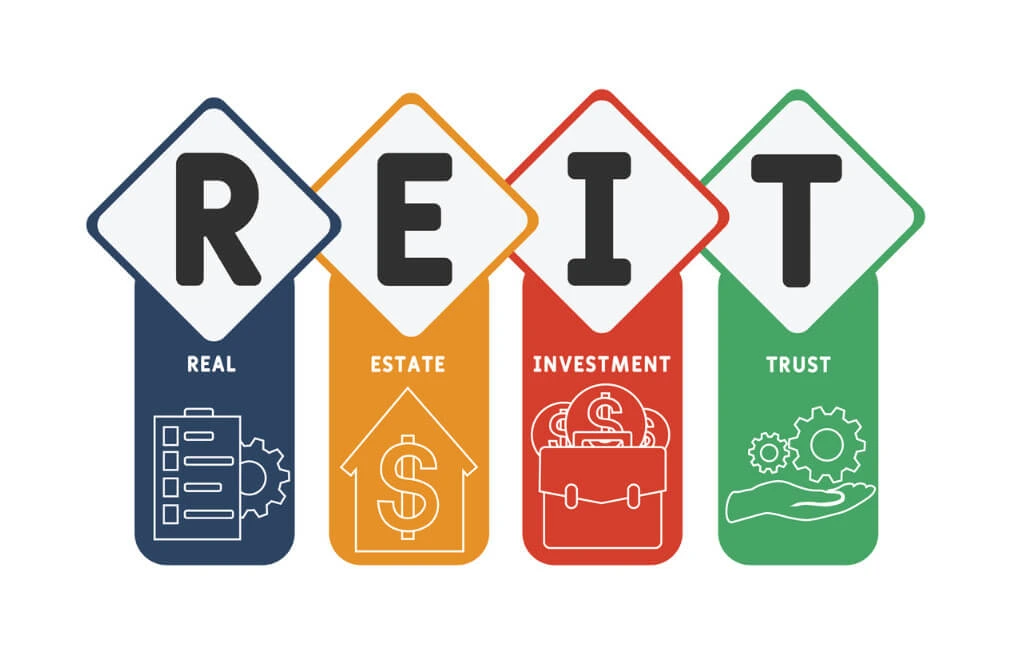RWA in Web3: 7 Things to Know Before You Buy the Hype
January 15, 2025

Real-world assets (RWAs) are the latest shiny object in crypto’s ever-shifting landscape. But are they truly the future of RWA Web3 opportunity—or just another hype cycle wrapped in a token?
Here are 7 key facts to help you figure out whether RWAs are worth your attention… or your skepticism.
1. What Even Is an RWA and RWA Web3 Opportunity?
Let’s start with the basics.
RWA stands for real-world asset—that’s anything tangible and off-chain like real estate, government bonds, invoices, or even artwork. The Web3 twist? These assets are tokenized and represented on-chain, enabling faster trading, fractional ownership, and new forms of liquidity.
TL;DR: RWAs are boring old assets with a shiny new wrapper.


2. Why Is Everyone Suddenly Talking About RWA Web3 Opportunity?
Timing, mostly.
With regulators cracking down on speculative DeFi and meme coins losing steam, investors are craving something… real. RWAs offer yield backed by actual assets—like U.S. Treasuries or rental income—not just tokenomics games.
Plus, DeFi yields are way down. RWA offers a way to attract capital with a promise of sustainable, if modest, returns.


3. Who’s Already Doing This to Gain RWA Web3 Opportunity?
Several projects are already in the RWA sandbox:
- MakerDAO is allocating part of its reserves to tokenized Treasuries.
- Centrifuge helps small businesses use tokenized invoices as collateral.
- Ondo Finance and Maple are testing structured credit markets with RWA exposure.
- Goldfinch is experimenting with credit in emerging markets using real-world collateral.
These aren’t just test nets—they’re live (if still a bit clunky).
4. RWA Pros: The Case For the Hype
There are a few reasons why RWA might not just be a flash in the pan:
Bridging Crypto and TradFi
RWAs are a rare attempt to make crypto infrastructure useful for traditional financial assets—arguably a better pitch than yet another decentralized exchange.
Institutional Appeal
RWAs come with built-in familiarity. Banks and funds understand things like bonds and real estate. Tokenizing them lowers onboarding friction.
Real Yield, Not Imaginary APY
Forget inflationary staking tokens. RWA yields are derived from actual revenue—rent, interest payments, and receivables. That’s a refreshing change.


5. RWA Cons: The Case Against the Hype
Of course, it’s not all rainbows and treasuries:
Not Truly Decentralized
Someone has to custody the real-world asset. That “someone” is usually a centralized entity. So if you’re dreaming of trustless, censorship-resistant finance… RWA isn’t quite it.
Legal & Regulatory Headaches
Tokenizing real assets means navigating legacy legal systems, unclear jurisdictions, and regulatory scrutiny. It’s slow and messy.
User Experience Is… Not There Yet
Most DeFi users aren’t lining up to read 30-page loan agreements. RWA products can feel more like filing taxes than farming yield.
6. Is It All Just a Rebranded REIT?
Kind of.
Some critics argue that RWA tokenization is just Real Estate Investment Trusts (REITs) or traditional bond products… but on-chain. And they’re not wrong. The big difference? Composability, transparency, and potential for global access.
But let’s be honest—there’s nothing “revolutionary” about owning a slice of a mortgage-backed bond. The packaging might be novel, but the core mechanics are familiar.

7. Final Verdict: Is RWA the Next Big Thing?
Maybe. RWA is arguably the most grown-up thing Web3 has tried so far. It doesn’t promise Lambos. It promises liquidity, compliance, and access to trillion-dollar markets.
But it also comes with all the boring, messy realities of TradFi. That might be exactly what the crypto space needs—or exactly what it will abandon once the next shiny protocol drops.
Closing Thoughts: Worth Watching, Not Blindly Following
If you’re serious about the future of DeFi, RWA deserves a spot on your radar. Just know it’s not the fast lane—it’s the infrastructure lane. Boring? Maybe. Necessary? Almost certainly.
The next three years will determine whether RWAs become the backbone of on-chain finance—or just another slide in someone’s pitch deck.
Relevant Link : 5 Big Myths About the RWA Web3 Opportunity — Debunked

